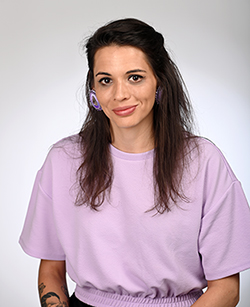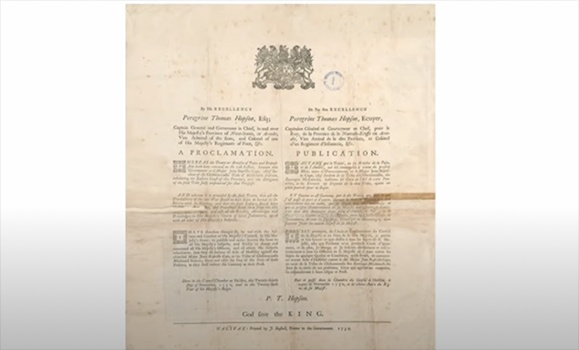“We are all Treaty People.”
It's an increasingly common phrase heard across Canada as institutions, including universities such as Dalhousie, seek to build renewed respect for the historic treaties signed between European settlers and Indigenous peoples hundreds of years ago.
But what exactly does the phrase mean here in Mi’kma’ki today and how can non-Indigenous people, particularly those new to this region, live up to the spirit of the words?
 These are questions Rachelle McKay, an educational developer at Dal’s Centre for Learning and Teaching who specializes in Indigenous knowledges and ways of knowing, will seek to answer in a new course aimed at Dal faculty members this fall.
These are questions Rachelle McKay, an educational developer at Dal’s Centre for Learning and Teaching who specializes in Indigenous knowledges and ways of knowing, will seek to answer in a new course aimed at Dal faculty members this fall.
"Treaty-Informed Teaching: A Starting Point for Reciprocal Relations” launches Oct. 2, the day following Treaty Day, which itself marks the start of Mi’kmaq History Month.
“The course will focus on understanding Mi’kmaw treaty perspectives and the history of treaty making and implementation in Mi’kma’ki to assist faculty members in reflecting on what it means to be a treaty person within the context of their work at Dalhousie,” says McKay, who is not Mi’kmaq but Anishinaabe from Little Saskatchewan First Nation in Manitoba.
McKay’s course is rooted in the history of treaties in this region. Over the course of several decades in the 18th century, Britain signed a series of Peace and Friendship Treaties with various First Nations in this region, including the Mi'kmaq. These treaties helped avoid war at the time and promised hunting, fishing, and trading rights to Indigenous communities.
Meaningful reflection
As educators, Dal faculty members have the potential to offer a powerful positive influence in encouraging and helping their students and others to better understand these Mi’kmaw-settler treaty relations.
Not all are currently equipped to do so, though.
Over eight weeks, McKay’s course will guide participants through a series of bi-weekly virtual talking circles every other Wednesday from 10:35am-12:00pm, with additional readings and activities completed asynchronously. While the course centres around discussion, learners are expected to complete and submit several short assignments and a final project.
Kerrianne Ryan, an instructor in the Dalhousie Integrated Science Program, signed up for the course to learn more about Mi'kmaq Treaty perspectives specifically.
“We really need to be informed, not just broadly, but intentionally on our local responsibilities toward those treaties and what those look like, especially where we are welcoming students into this territory who may not be from here and have their own experience," she says.
Ryan became motivated to learn more after a trip to Brazil years ago where she learned from an Indigenous group about local relations there with government and community. She began reflecting on what she knew about such relationships back home in her own region and realized she needed to be more informed.
"Learning and giving intentional time to reflecting on what that means can be challenging if you don't have these kinds of spaces or courses,” she says. “One of the motivations for me with this course is to dedicate space, time and energy to not just do the obvious things or pick the lowest hanging fruit, but instead to really think about what is meaningful.”
Ryan has already read one of the titles on the course list, Marie Batiste's Living Treaties: Narrating Mi'kmaw Treaty Relations, and says she’s excited to learn more.
A deeper understanding
McKay limited course enrollment to 12, with a preference given to individuals like Ryan who are currently enrolled in the faculty certificate program. The waiting list for the course is available here.
She expects participants to spend an average of one to two hours per week on course preparation and assignments. Participants are required to read and watch materials provided via Brightspace and attend a minimum of three out of the four online meetings. And to receive credit for the course, they must complete independent work.
“It’s my hope that participants will walk away from the course with a deeper understanding of the spirit and intent of these historic agreements, that can be used to guide how they conduct themselves on these lands and with Mi’kmaq peoples, as well as how they teach,” says McKay.
"Treaty-Informed Teaching” is one of a suite of courses being developed by CLT developers to assist Dal faculty in better integrating Indigenous history and culture into curriculum at Dal.

